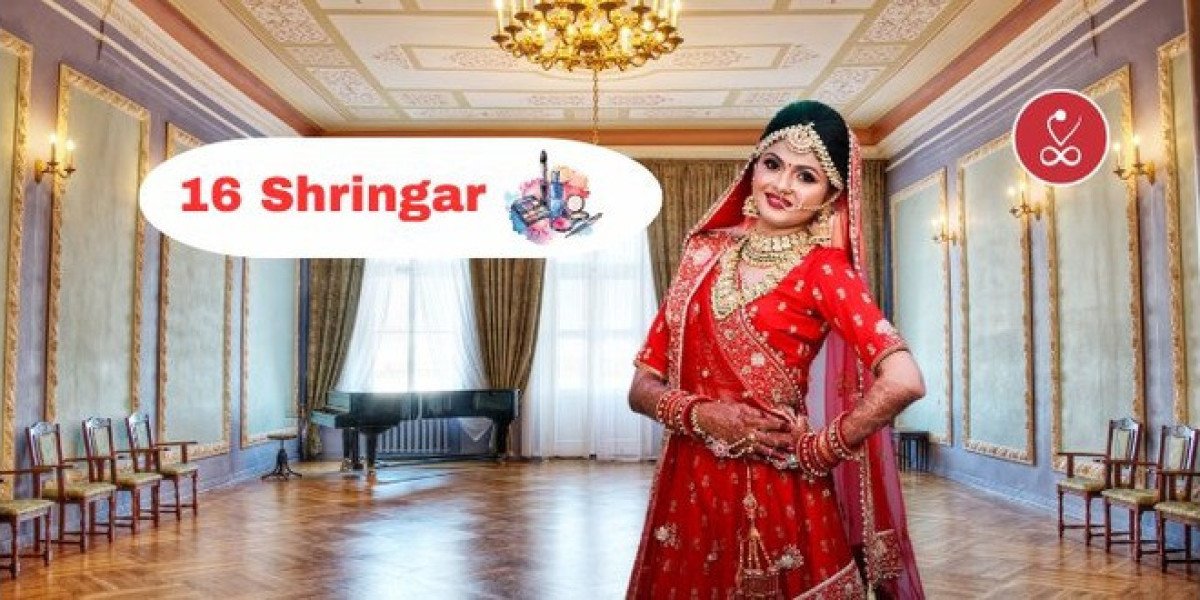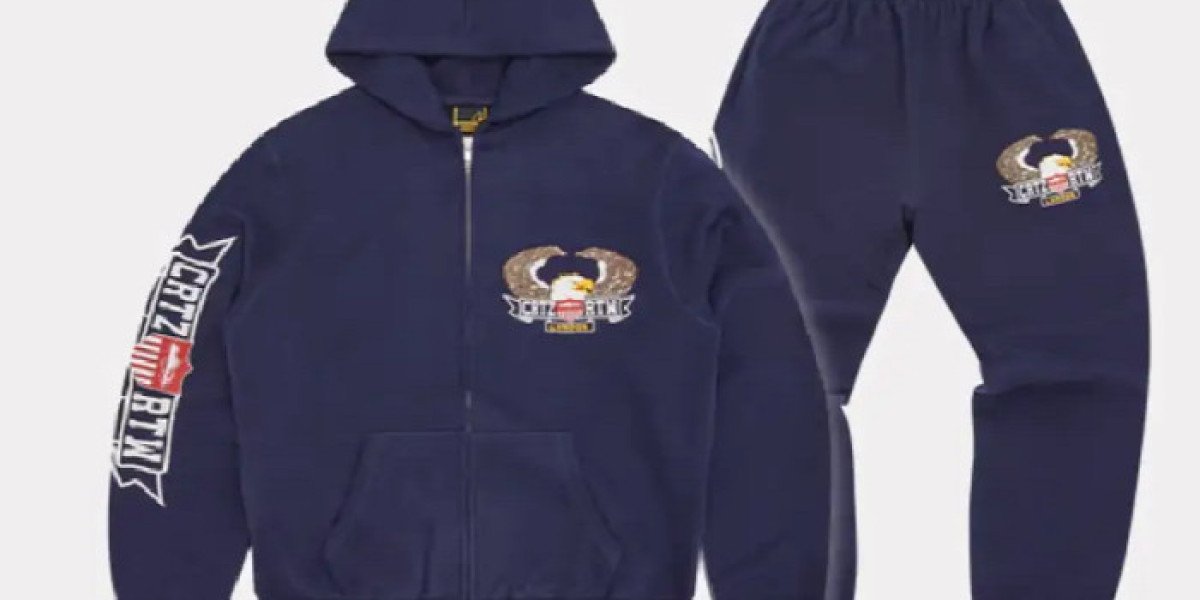According to shastras, 16 Shringar (also spelled "Solah Shringar") is a traditional practice in Hindu culture involving the sixteen steps of adornment that a bride undertakes to enhance her beauty and prepare for her wedding. Each step of adornment holds cultural and symbolic significance, representing various aspects of femininity, beauty, and marital bliss.
Here is an overview of the sixteen adornments:
Bindi: A decorative mark applied on the forehead between the eyebrows, symbolising the third eye and marital status.
Sindoor: A red vermilion powder applied along the parting of a woman's hair, signifying her status as a married woman.
Maang Tikka: A piece of jewellery worn on the forehead, hanging down from the parting of the hair, symbolising wisdom and power.
Kajal: Kohl applied to the eyes to enhance their beauty and protect against the evil eye.
Nath: A nose ring, often large and elaborate, symbolising marital status and enhancing facial beauty.
Ear Rings (Jhumkas or Karn Phool): Decorative earrings that add to the bride's beauty and signify her married status.
Necklaces (including Mangalsutra): Multiple necklaces, especially the Mangalsutra, which is a sacred thread given by the husband to the wife during the wedding ceremony, symbolizing love and commitment.
Mehendi: Intricate henna designs applied on the hands and feet, symbolizing love, prosperity, and good fortune.
Read Also: Raksha Bandhan 2024 Date, Muhurta, Rituals & History
Bajuband: Armlets worn on the upper arms, representing strength and protection.
Bangles: Multiple bangles worn on the wrists, representing prosperity, marital bliss, and the sound of happiness.
Aarsi: Thumb rings, sometimes with a small mirror, allowing the bride to check her appearance.
Kamarbandh: A decorative waistband, symbolizing beauty and sensuality, and sometimes used to hold the saree in place.
Payal (Anklets): Decorative anklets worn around the ankles, often with tiny bells that tinkle as the bride walks.
Bichuas (Toe Rings): Rings worn on the second toe of both feet, symbolising marital status and believed to enhance fertility.
Perfume: Applying a pleasant fragrance, enhancing the bride's allure and creating a positive aura.
Bridal Attire: The wedding dress, typically a richly decorated saree or lehenga, symbolizing cultural heritage and the bride's new role.
These adornments are not only about enhancing physical beauty but also about invoking divine blessings, ensuring the bride's well-being, and symbolizing her transition into a new phase of life as a married woman.








